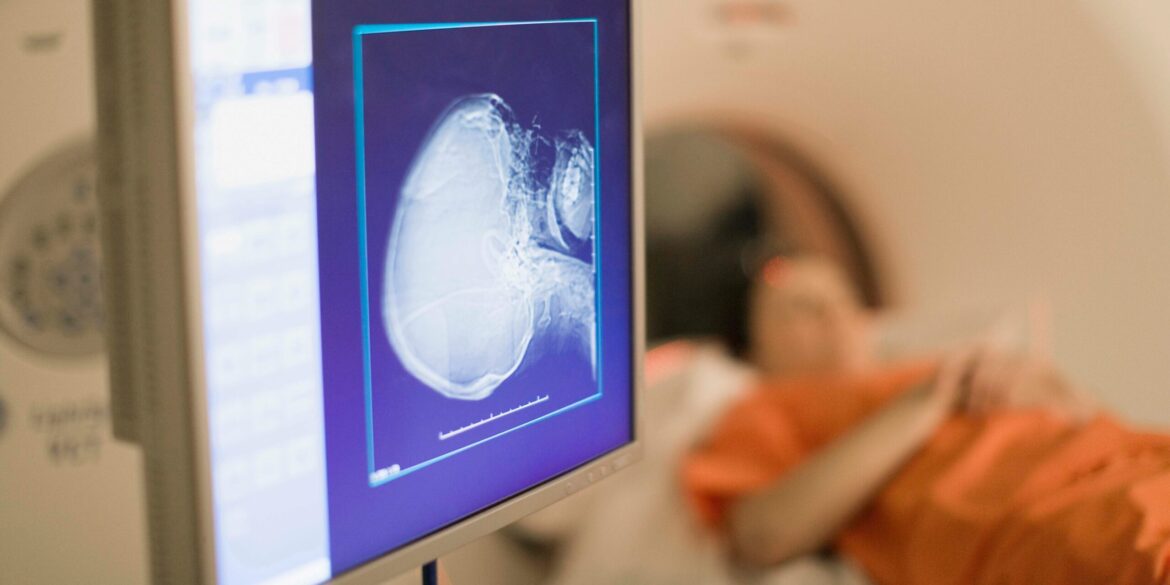The Mayo Clinic has taken a major step forward in the fight against liver cancer by launching a groundbreaking clinical trial aimed at evaluating an investigational targeted radiopharmaceutical theranostic for the treatment of hepatocellular carcinoma (HCC), the most common and aggressive form of liver cancer. This first-in-human trial represents a significant leap in the field of precision medicine, offering new hope to patients battling a disease that is notoriously difficult to treat. The trial’s goal is to assess the safety and efficacy of this novel treatment approach, which combines diagnostic imaging with targeted therapy to improve the precision and effectiveness of cancer treatment.
Hepatocellular carcinoma, or liver cancer, is one of the deadliest cancers worldwide. It often develops silently and is typically diagnosed in its later stages when treatment options become increasingly limited and less effective. The disease is challenging to treat due to its complex nature and the fact that liver tumors are frequently resistant to conventional therapies such as chemotherapy and radiation. In many cases, surgery is not an option, and patients are left with few viable treatment alternatives. As a result, there is a desperate need for more effective treatments that can offer better outcomes and fewer side effects.
This new clinical trial at Mayo Clinic introduces a groundbreaking theranostic treatment. The term “theranostic” combines two important elements: “therapy” and “diagnostic.” The investigational radiopharmaceutical being used in this trial aims to target liver cancer cells with great precision, using diagnostic imaging agents to identify the tumors and then delivering therapeutic radiation directly to the cancerous cells. The unique combination of these two features provides a more focused and personalized approach to treatment, which is expected to reduce damage to healthy tissues and improve overall efficacy.
The dual capability of this treatment is one of the key innovations behind the trial. Diagnostic imaging is used to pinpoint the precise location of cancer cells within the liver, while the targeted therapy component delivers radiation directly to these cells, sparing surrounding healthy tissues. This targeted approach is a marked departure from traditional cancer treatments, which often affect both healthy and cancerous cells. By focusing only on the affected areas, this method holds the promise of not only improving the effectiveness of treatment but also reducing the side effects typically associated with more conventional therapies.
Read Also: https://goodmorningus.com/study-reveals-key-factor-in-fatty-liver-disease-mortality/
The clinical trial marks a significant advancement in the field of personalized medicine. Traditional cancer treatments often take a one-size-fits-all approach, but this new targeted radiopharmaceutical theranostic is designed to treat the disease based on the specific characteristics of the patient’s cancer. This tailored approach allows for a much more individualized treatment plan, which is expected to improve patient outcomes. By targeting cancer cells directly, the treatment aims to minimize damage to healthy tissues, reduce side effects, and ultimately offer better quality of life for patients.
For patients with hepatocellular carcinoma, this new therapy could represent a lifeline, especially for those whose cancer has not responded well to other forms of treatment. It could offer a new option for those with limited treatment choices, providing hope where there was little before. The trial is still in its early stages, but its potential to revolutionize liver cancer treatment is clear. The combination of diagnostic imaging and targeted therapy represents a promising new frontier in cancer care, and researchers are optimistic about its prospects.
As the trial progresses, Mayo Clinic researchers will closely monitor its safety and efficacy, collecting data that could have a profound impact on the future of liver cancer treatment. The success of this approach could lead to further advancements in targeted therapies for other types of cancer, creating new possibilities for patients with different forms of the disease. This groundbreaking study not only represents hope for those suffering from liver cancer but also offers a glimpse into the future of cancer treatment, where precision, personalization, and innovation take center stage in the fight against cancer.

